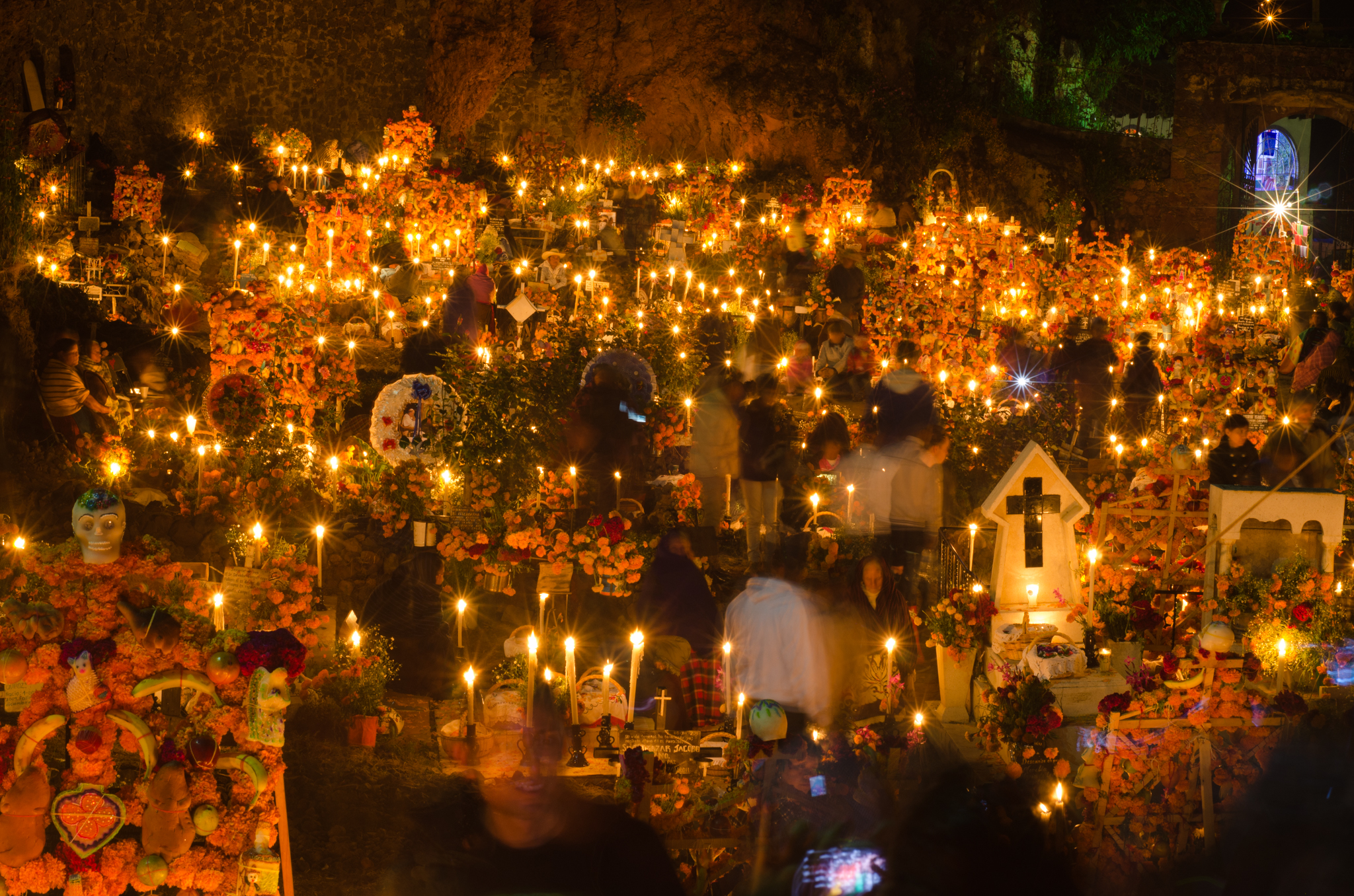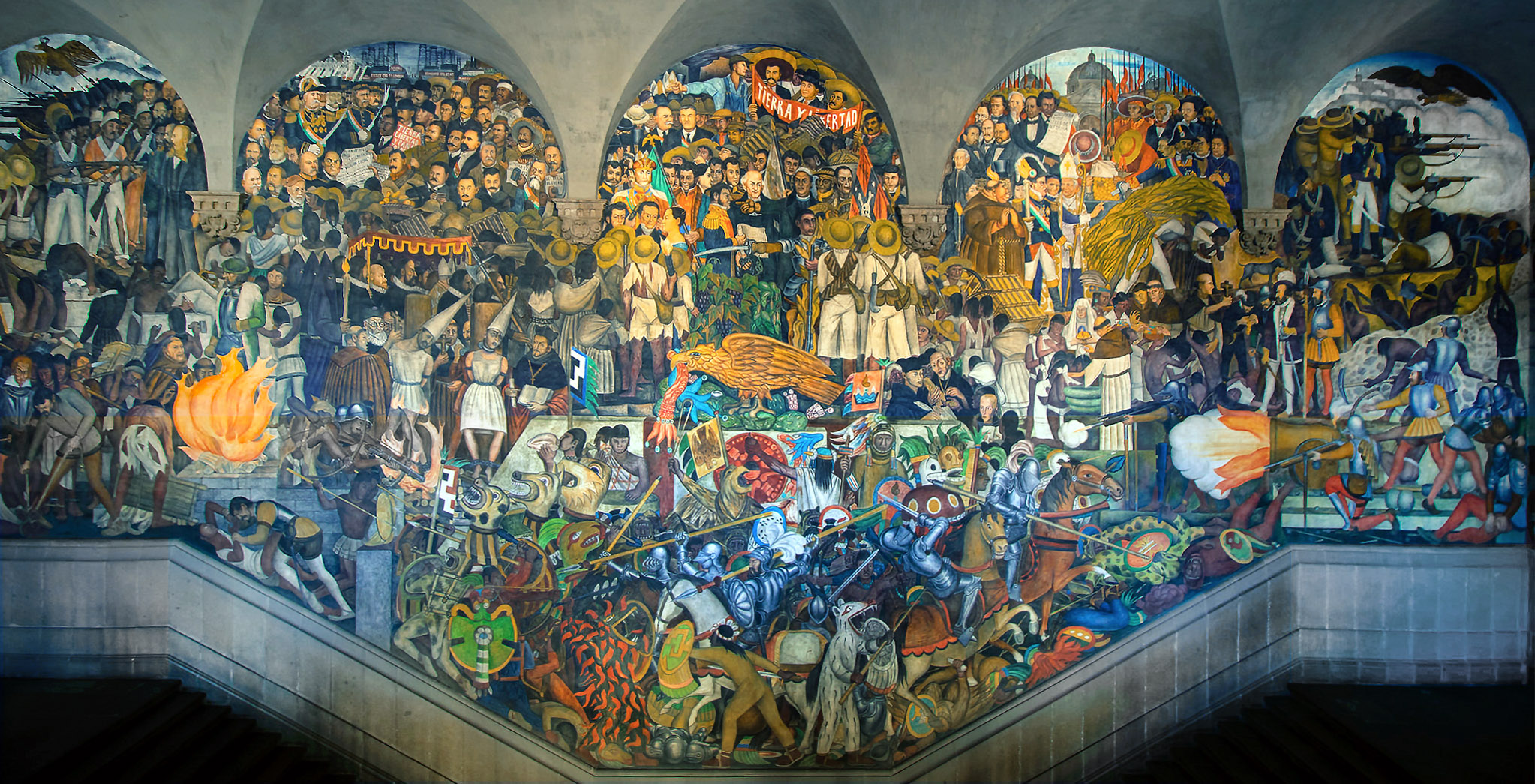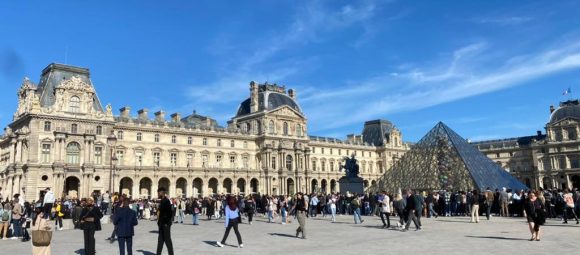Cultural Capital of October: Mexico City
October turns Mexico City into a living stage where history, art, and tradition meet under a canopy of marigold petals. While November brings the Día de los Muertos (Day of the Dead), the anticipation begins weeks earlier, transforming markets, squares, and museums into places of remembrance and celebration. It’s a moment when the city becomes both deeply traditional and vibrantly contemporary—making it the ideal cultural capital for October.

The Dead Altar by Miguel Mandujano
A City in Transformation
Walk through Mercado de Jamaica or Coyoacán, and you’ll see stalls filled with orange cempasúchil flowers, sugar skulls, candles, and papel picado. Families prepare altars to honor ancestors, while public spaces—from the grand Zócalo to neighborhood plazas—showcase installations blending indigenous ritual with modern artistry. October offers the rare chance to witness the buildup to one of the world’s most symbolic cultural festivals.
Museums and Art
Mexico City holds one of the world’s greatest concentrations of museums—more than 150.
- At the Museo Nacional de Antropología, colossal Olmec heads and Aztec treasures tell the story of Mesoamerican civilizations.
- The Frida Kahlo Museum (Casa Azul) in Coyoacán lets visitors step inside the artist’s intimate world.
- In the neighborhoods of Roma and Condesa, contemporary art galleries display cutting-edge work by Mexican and international creators.
The dialogue between past and present is constant here—artifacts, murals, and modern canvases speak in the same breath.
Living Architecture
Mexico City is a place where layers of history overlap.
- The ruins of Templo Mayor sit beside the colonial-era Metropolitan Cathedral.
- Diego Rivera’s murals in the Palacio Nacional narrate Mexico’s revolutionary past.
- The 20th-century modernist houses of Luis Barragán glow in warm October sunlight.
Exploring the city is like leafing through an open book, each chapter written in stone, color, and form.

Diego Rivera, “From the Conquest to 1930,” History of Mexico murals
Music, Film, and Performance
October fills the city with festivals:
- The Palacio de Bellas Artes hosts world-class opera and orchestral concerts.
- The Festival Internacional de Cine de Morelia, just a few hours away, draws filmmakers and cinephiles who often extend their journey into Mexico City.
- Folkloric dances, pre-Hispanic rituals, and avant-garde performances create a cultural calendar that feels both rooted and global.
The Taste of October
Mexican cuisine, recognized by UNESCO as Intangible Cultural Heritage, gains special flavors this month. In bakeries, pan de muerto appears—an aromatic bread dusted with sugar and shaped with symbolic “bones.” Markets sell chocolate skulls, tamales, and mole, while mezcal tastings connect tradition with the modern craft revival. Sharing food here in October means taking part in centuries-old rituals of memory and joy.
Why October, Why Mexico City?
October offers the best of both worlds: pleasant autumn weather (before the cool evenings of November) and the build-up to Día de los Muertos. To visit in October is to experience not just a city, but a culture preparing to honor life through its relationship with death. In Mexico City, history isn’t confined to museums—it breathes in the streets, in the markets, in the colors of marigolds, and in the rhythm of daily life.



